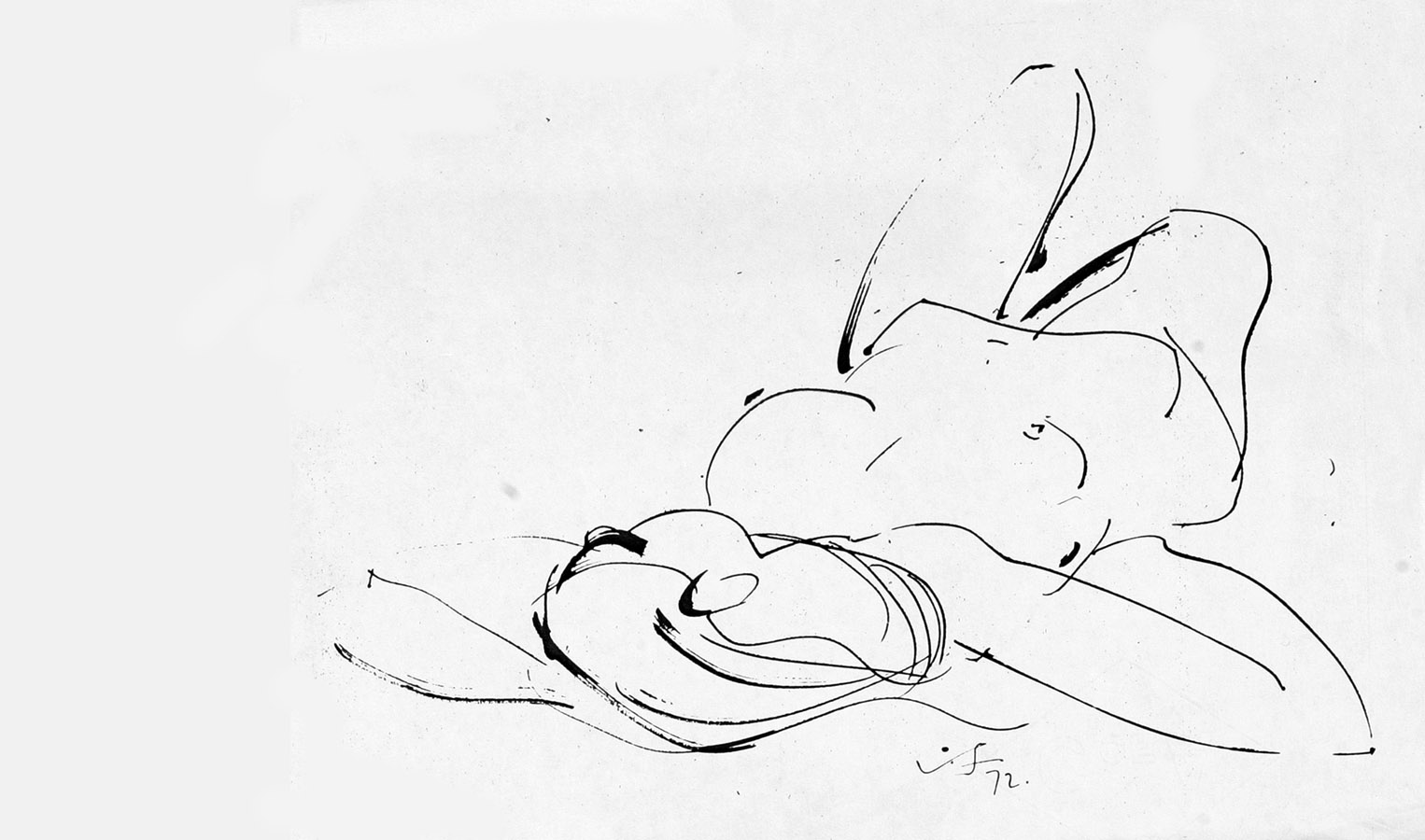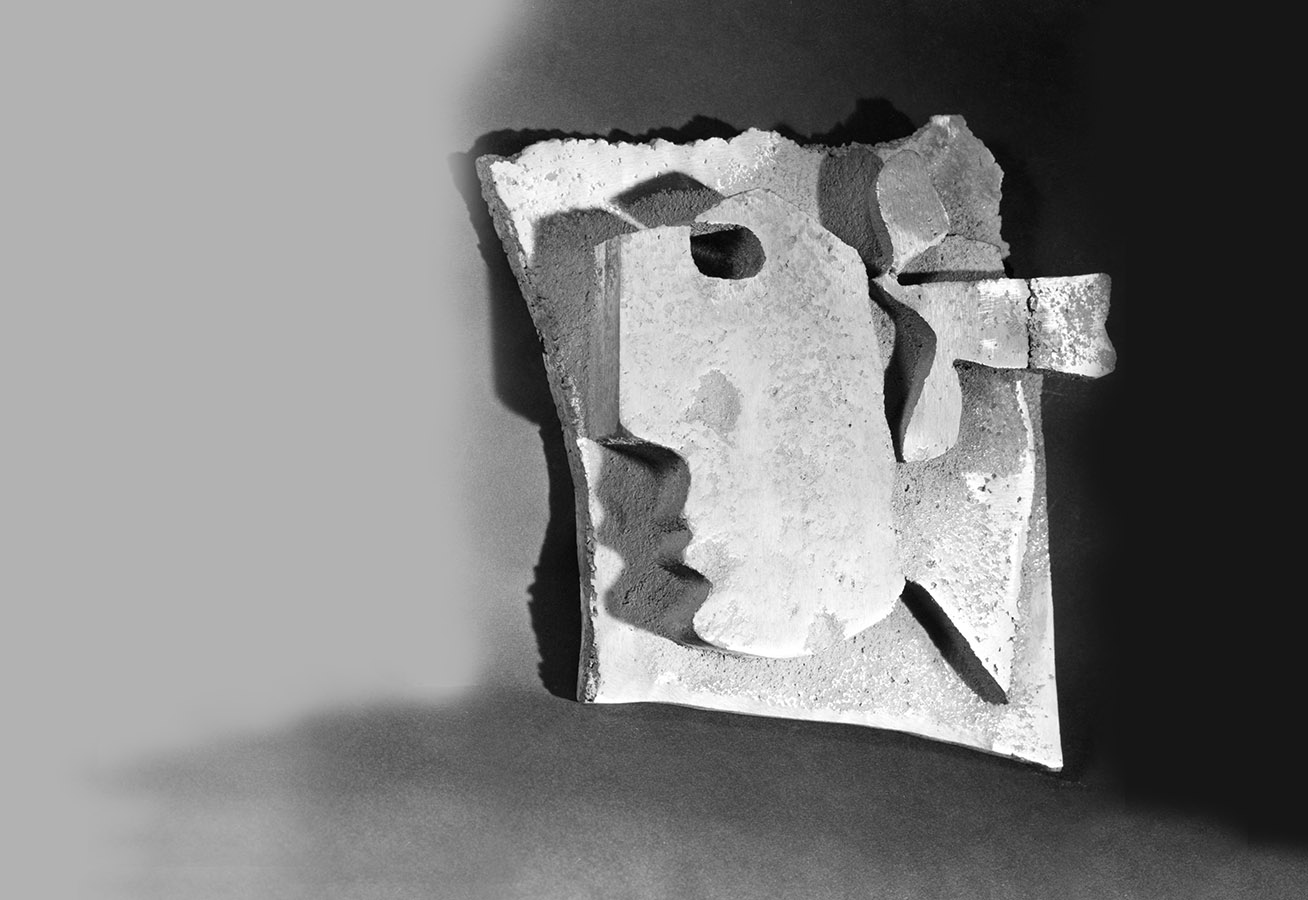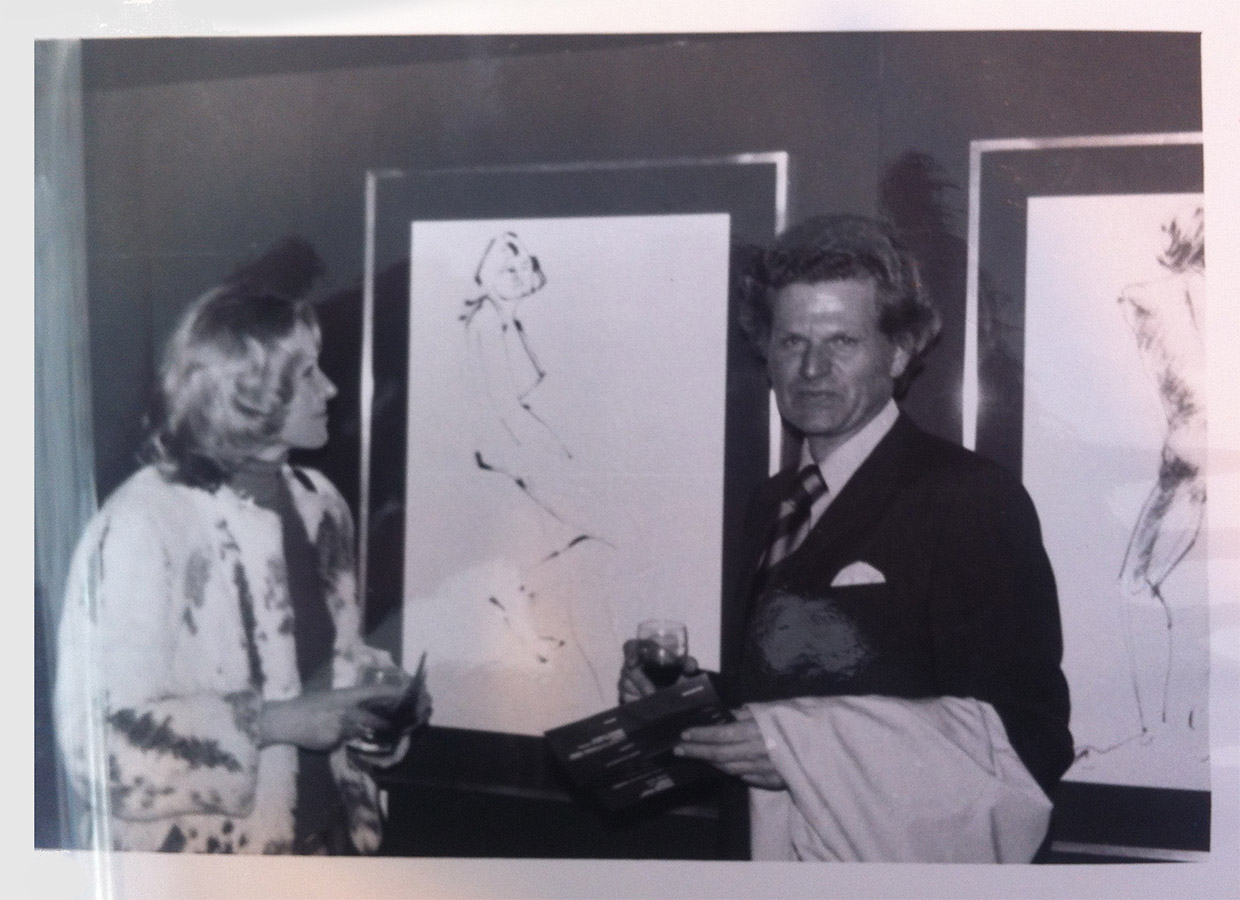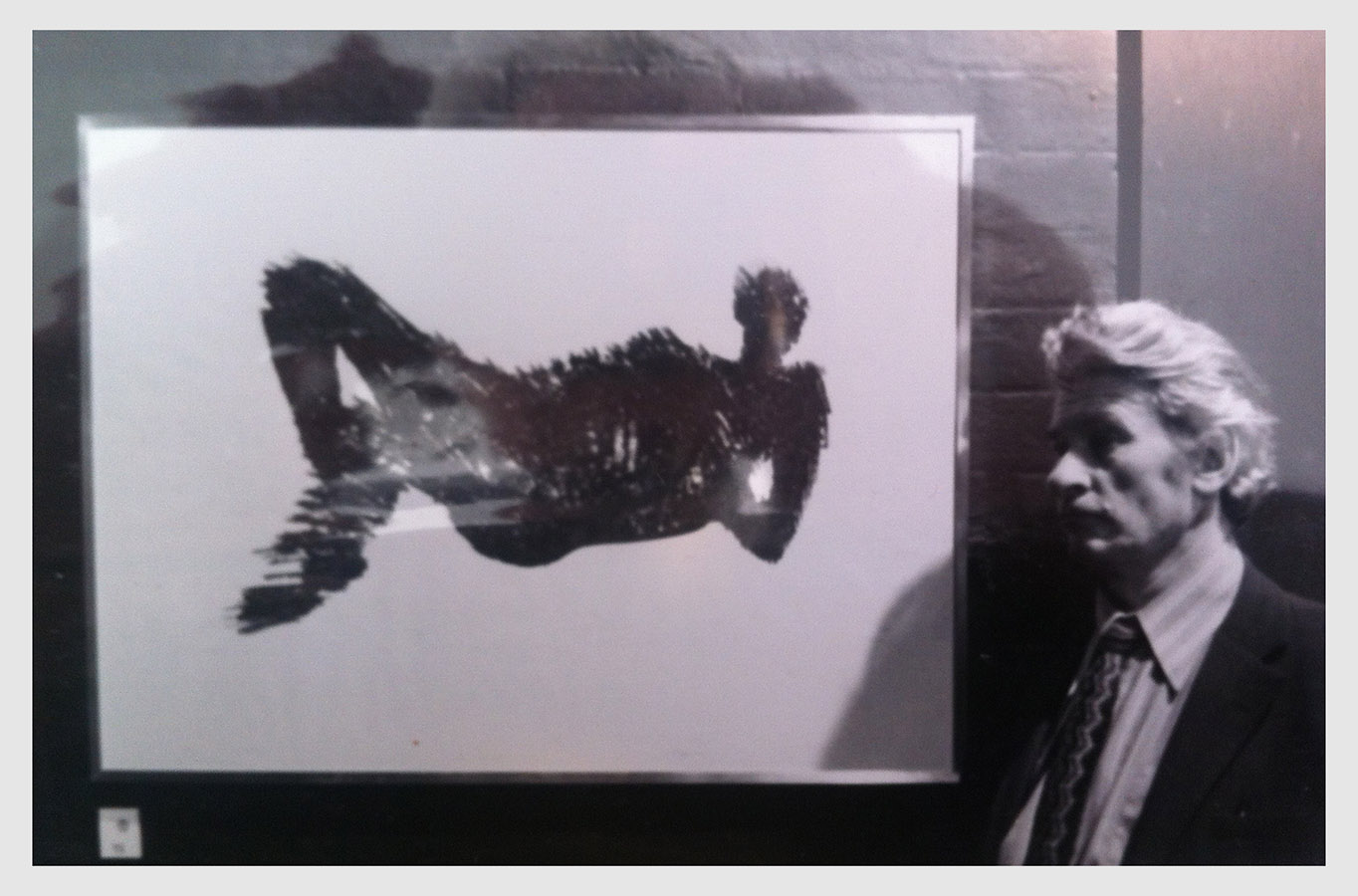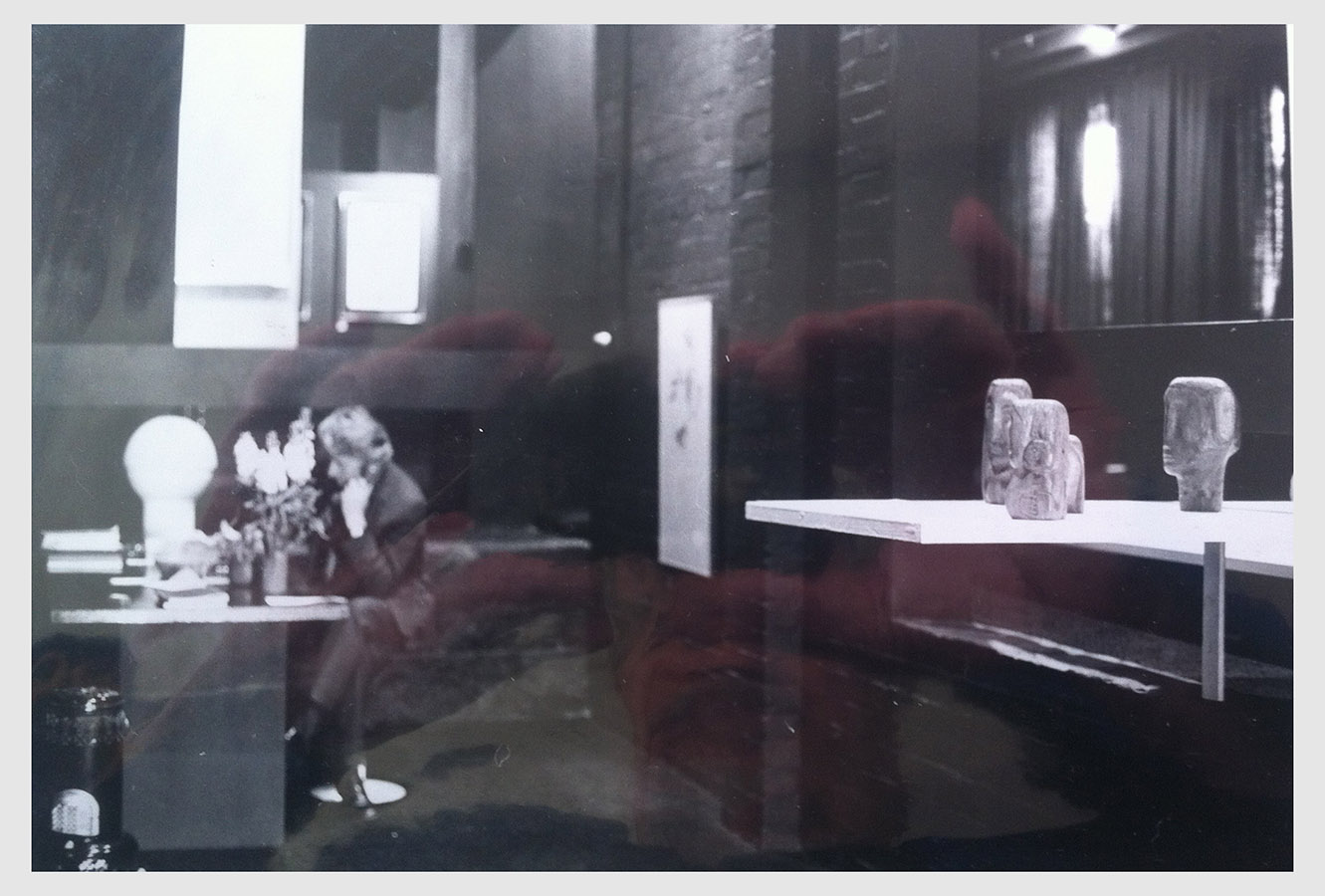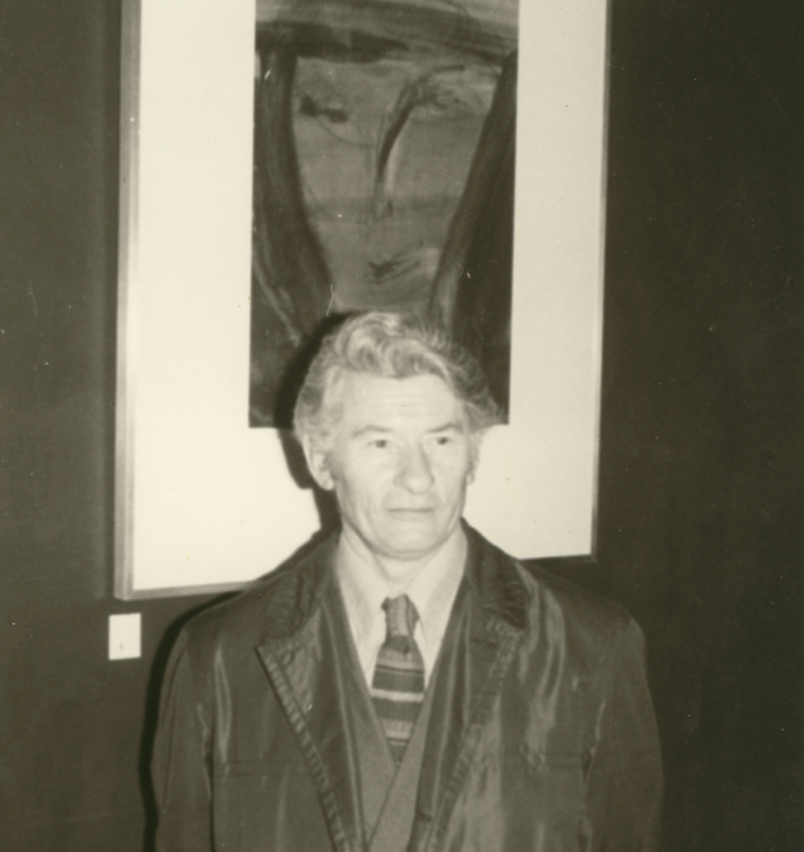
With the 70’s came the chance to exhibit and to work on concepts away from commercial art
- Works with Australia Post graphics department
- Begins the Wash Series
- Has his first 2-man show at the Warehouse Galleries in Richmond along with sculptor Jim Rowe
- Begins series of sculptured heads
- Shows Wash Series at Clive Parry Gallery in 1975
Brush and stone
Joint showing 1972
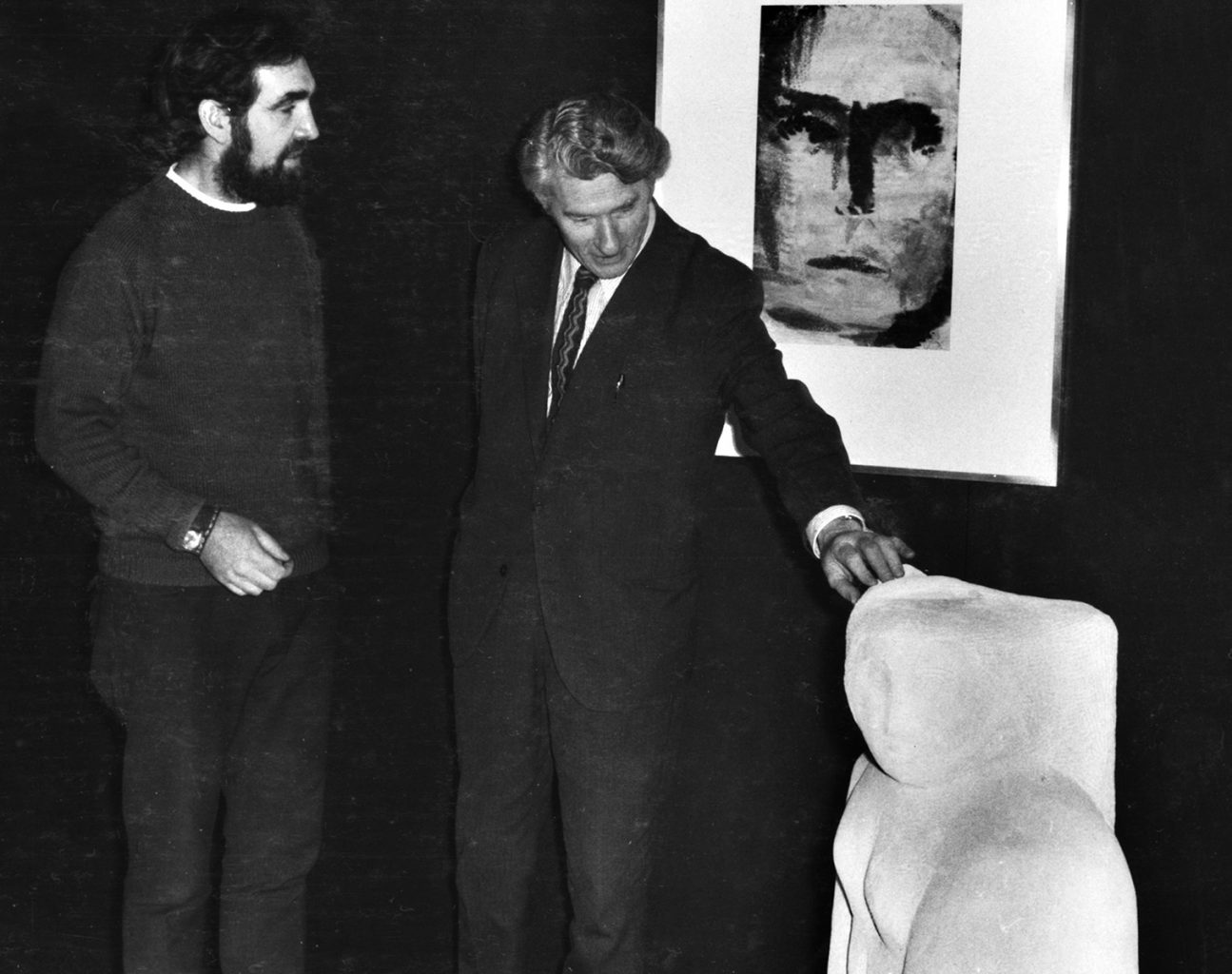
Australia and the New World
Australia no longer was a backwater in the eyes of the world: politically our country was starting to get respect and we had joined with the art crowd, musicians, dancers, theatre, artists of all kinds and our painters – Jeffrey Smart, (Nolan and Boyd were well established), Whitely etc.
With all the attention on painters and especially Brett Whitely who was elevated from L’enfant terrible to almost godhead status, the subtle arts did not stand a chance in reaching out to a popular level. The popular critical choice lay with dramatic and challenging subjects, bending rules and they had to be full of paint.
Never-the-less, Viktor began on a series of imaginative portrait themed medium-sized images (approx A1 in size) of washes of india ink on wet paper.
The effect was of a spreading edge of fractal growth which disturbed the precise line work which dominated his work up until now. The subject was of course his favourite – heads. Each had a complete personality that was so different one from another yet they all felt as if they belonged to the same race.
The series was strong idea and in his show at Warehouse Galleries in Waltham Street, Richmond Victoria (recently the home of Dickerson Gallery), he released a few of the images. The showing displayed 5 from the series along with nudes- a total of 16 works. He shared the gallery space with sculptor Jim Rowe whose works had resonance from the style of David Moore.
Finding art for art’s sake
I remember him talking about Picasso’s simplicity and freedom to displace items of the face to where he felt they needed to lead one’s eye – I believe that this was part of his intent as well.
Becoming Viktor developing a new line
As commercial graphics became a staple for basic survival, many artists of the time worked within the illustrative genres of art where they found solace in the depiction of faces and bodies with an approach to capturing the pose and the emotive personality, more portraiture than story. The drawings of Charles Blackman and Robert Dickerson were aligned to Viktor’s vision, who’s “… rapturous attention (was) for human heads”.

